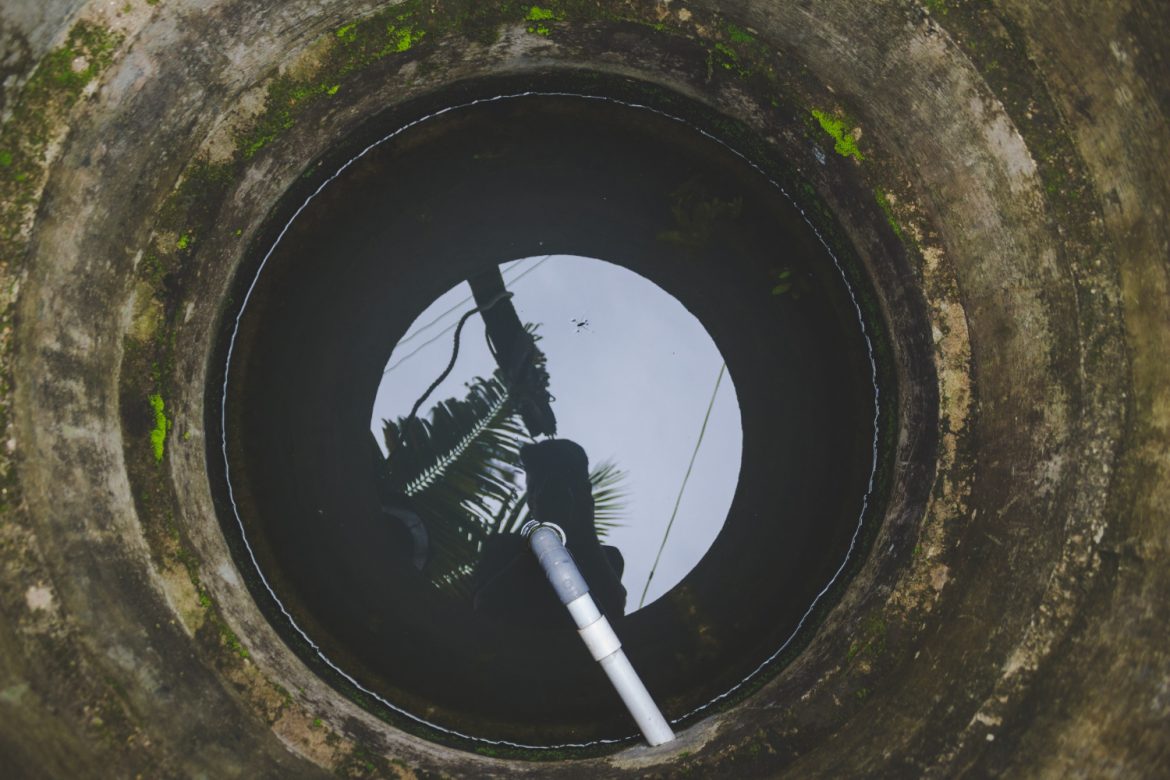Septic systems are essential for homes without access to centralized sewer systems, providing an efficient method for treating and disposing of wastewater. This guide explores the inner workings of septic systems, detailing their components and the process they use to manage household waste.
So, how does a septic system work?
The Basics of a Septic System
A septic system is an underground structure that treats wastewater from household plumbing, including bathrooms, kitchen drains, and laundry. It comprises two main components: the septic tank and the drainfield (or leach field). This system works independently to process and purify wastewater on-site.
Key Components of a Septic System
Septic Tank
The septic tank is a large, watertight container typically made from concrete, fiberglass, or polyethylene. Its primary function is to separate solids from liquids in wastewater. As waste enters the tank, solids settle at the bottom, forming sludge, while oils and fats rise to the top, creating scum. The liquid layer in the middle, known as effluent, exits the tank and moves to the drainfield.
Drainfield
The drainfield is a series of perforated pipes laid in gravel-filled trenches beneath the soil’s surface. This area disperses the effluent from the septic tank, allowing it to filter through the soil. The soil acts as a natural filter, removing harmful bacteria, viruses, and nutrients from the wastewater before it reaches groundwater.
Soil
The type of soil in the drainfield plays a crucial role in the system’s effectiveness. Soil with good permeability, such as loam or sandy loam, is ideal because it allows effluent to percolate and be naturally treated by soil microorganisms.
How Do Septic Systems Work?
The Treatment Process
So, how do septic systems work? Understanding how a septic system works involves breaking down the treatment process into several steps:
- Wastewater Flow: Wastewater from household activities flows into the septic tank through a network of pipes.
- Separation: In the septic tank, solids settle at the bottom, forming sludge, and oils float to the top as scum. The clarified liquid layer in the middle is the effluent.
- Biological Breakdown: Bacteria within the septic tank decompose organic matter, reducing the volume of solids.
- Effluent Discharge: The effluent exits the septic tank and is distributed into the drainfield via perforated pipes.
- Soil Filtration: As effluent percolates through the soil, microorganisms in the soil treat it, removing pathogens and nutrients.
Maintaining System Efficiency
To keep a septic system functioning properly, it is important to consider factors such as:
- Regular Pumping: Septic tanks should be inspected and pumped every 3-5 years to remove accumulated sludge and scum, preventing system overload.
- Water Conservation: Reducing water usage helps prevent overloading the septic system. Fixing leaks and using water-efficient fixtures are effective measures.
- Proper Waste Disposal: Avoid flushing non-biodegradable items, chemicals, and excessive grease, which can clog and damage the system.
Common Problems and Their Solutions
Overloading the System
When too much water enters the septic system in a short period, it can prevent proper separation of solids and liquids, causing untreated wastewater to reach the drainfield.
Solution: Implement water-saving practices and spread out water usage to prevent overloading.
Clogs and Blockages
Blockages in the pipes leading to the septic tank or within the drainfield can cause backups and system failure.
Solution: Regular maintenance, including inspection and pumping, and mindful waste disposal can prevent clogs.
Drainfield Issues
Drainfield failure often results from saturated soil, which can no longer absorb and filter wastewater. This condition can be caused by high groundwater levels, heavy rainfall, or unsuitable soil types.
Solution: Ensure proper site selection and drainage management around the drainfield to prevent saturation.
Conclusion
Understanding how septic systems work is essential for homeowners who rely on them for wastewater management. By knowing the components and the treatment process, homeowners can maintain their systems effectively, ensuring long-term functionality. Regular maintenance, water conservation, and proper waste disposal are key to avoiding common issues and keeping septic systems in optimal condition.
